Plantae

Wild Rose
Rosa acicularis

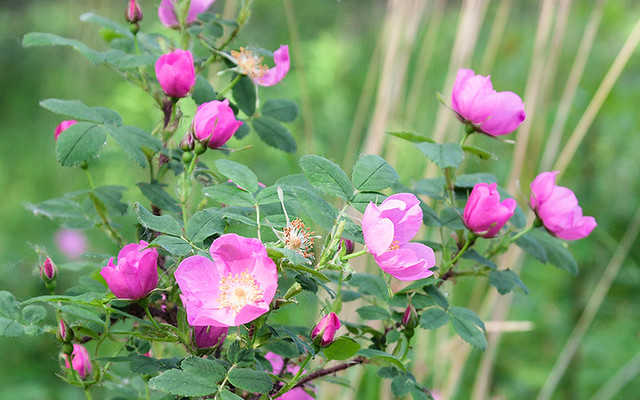
2 POINTS
Fact: Generally found in patches of sun, wild rose brings a sweet smell and splash of colour to the boreal forest when it blooms.
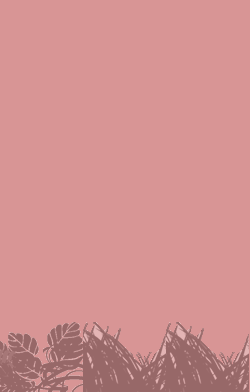
Wild Red Raspberry
Rubus idaeus

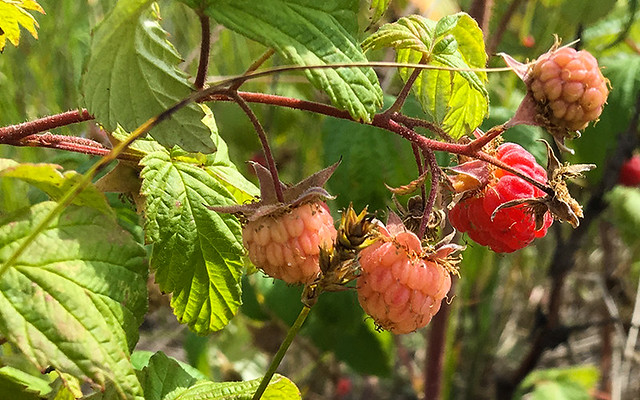
1 POINTS
Fact: Wild red raspberry is a biennial plant-it grows a flowerless stalk one year, which then produces fruit and dies the next year.

Common Blueberry
Vaccinium myrtilloides

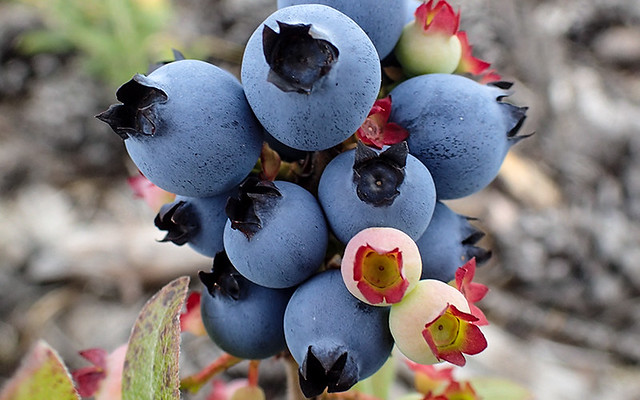
3 POINTS
Fact: Blueberry loves sandy, acidic areas and often grows near conifers because the trees’ fallen needles acidify the soil.
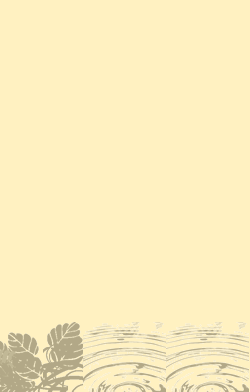
Black Spruce
Picea mariana

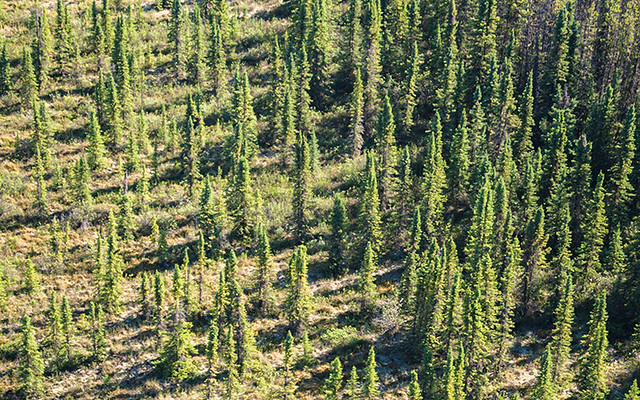
3 POINTS
Fact: Black spruce cones grow in a large clump at the top of the tree to protect them from wildfire-giving the trees a characteristic type.
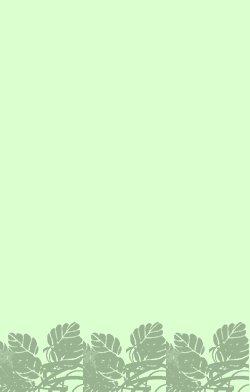
White Spruce
Picea glauca

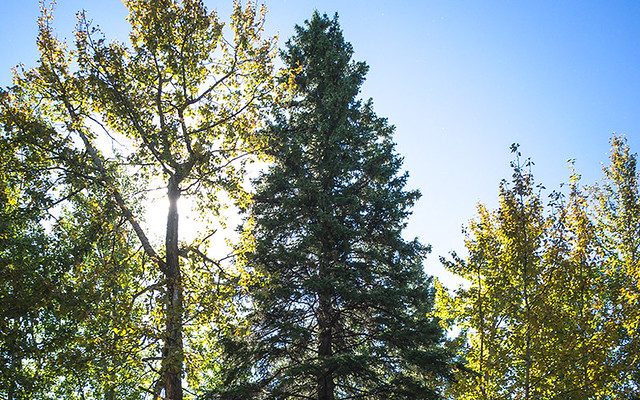
3 POINTS
Fact: White spruce is a climax tree species in the boreal forest; it grows up in the understory shade, then takes over until the next fire.
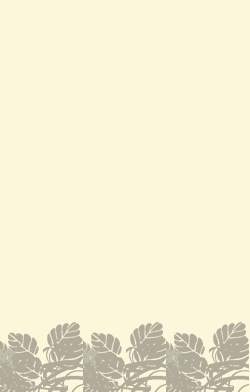
Paper Birch
Betula papyrifera

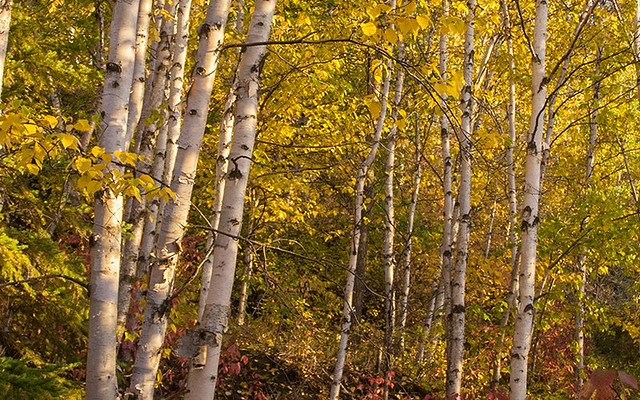
2 POINTS
Fact: Birch is an early successional species, meaning that it is one of the first trees to regrow after a disturbance like wildfire.